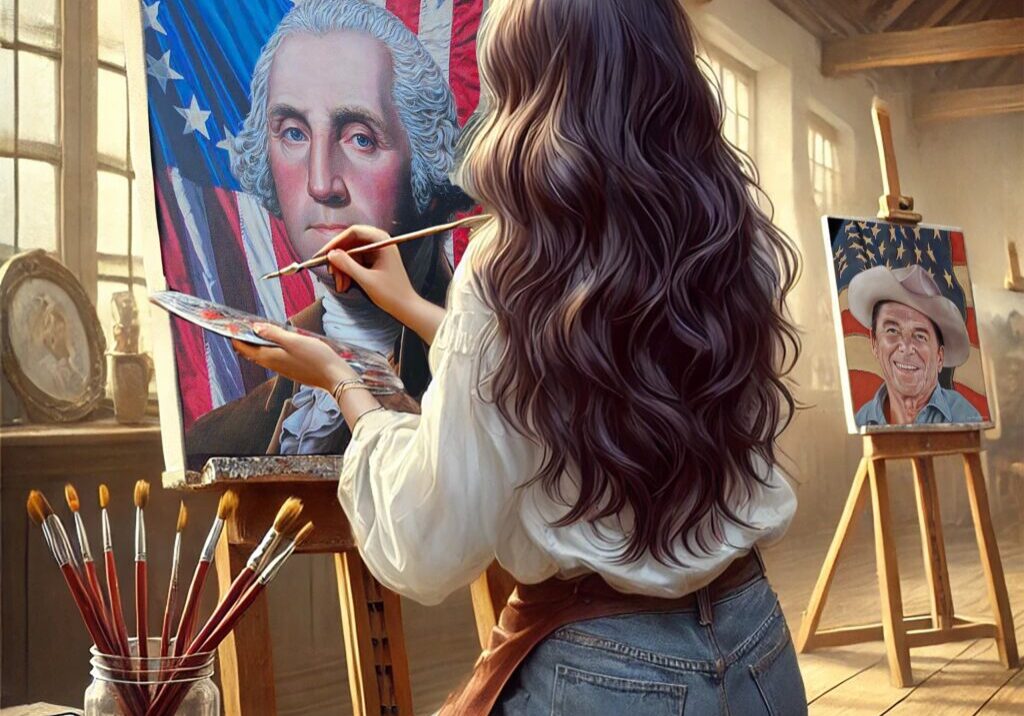
Join or Die: The Birth of American Political Cartooning
Long before social media memes or editorial cartoons filled Sunday papers, there was a snake. Chopped into eight segments, labeled for the colonies, and framed with a challenge: Join, or Die. With this single image, printed in 1754, Benjamin Franklin not only sparked a conversation – he created an artform. Political cartooning in America was born, not with a laugh, but with a warning. Originally published in The Pennsylvania Gazette, the cartoon appeared alongside Franklin’s editorial urging colonial unity during the French and Indian War. But it wasn’t the prose that struck a nerve – it was the snake. Head severed, body disjointed, the image carried more urgency than paragraphs ever could. It was primitive by design. No ornamentation. No allegorical flourishes. Just stark visual symbolism. Art stripped to its bones. The rattlesnake was not random. Colonial folklore claimed that if a snake were cut into pieces, it could come back to life – but only if reassembled before sunset. Franklin borrowed that myth and fused it with political desperation. Each segment represented a colony or region. The absence of Georgia – left out of the image entirely – spoke volumes about the fragmentation he was critiquing. The cartoon’s art was simple. Its meaning was not. Your mural honors this moment not with a direct reproduction, but with subtle allusion. In the Unity section, there’s a painted broadsheet drifting across the foreground. On it, if you look closely, is a segmented serpent – worn, weathered, midair. It’s a visual echo, paying homage to Franklin’s design without freezing it in time. Like the cartoon itself, the mural’s version is not just about what it says, but how it moves. It’s caught in the wind of revolution. What made “Join, or Die” revolutionary wasn’t just its message. It was its use of symbol to replace argument. Franklin condensed an entire political platform into a single woodcut. No literacy required. No context needed. It could be posted on tavern doors, shared in whispers, or recognized from a passing glance. That’s the genius of early political art: it didn’t just inform – it spread. As the Revolution neared, variations of Franklin’s cartoon reappeared – more detailed snakes, added colonies, banners of unity. The snake eventually evolved into other forms: the coiled rattler of “Don’t Tread on Me,” the crowned serpent crushed beneath Liberty’s heel. But the artistic logic remained. Simplify. Symbolize. Strike the eye, then the mind. Franklin’s cartoon opened the door to a visual tradition that would define American political expression for centuries. From savage caricatures of King George to pro-independence satires printed in underground presses, early American artists understood that satire wasn’t just entertainment – it was engagement. It was emotional alignment through image. Today, political cartoons are everywhere, but “Join, or Die” still holds its ground. It remains one of the most referenced and reimagined icons in American visual history. It appears on bumper stickers, protest signs, t-shirts, military insignia. But in the mural, its presence is quieter. A reminder that America’s artistic legacy didn’t start in oil paint or marble. It started in black ink, cheap paper, and an idea too urgent for words alone. And that’s what made it art. Not its polish, but its power.

